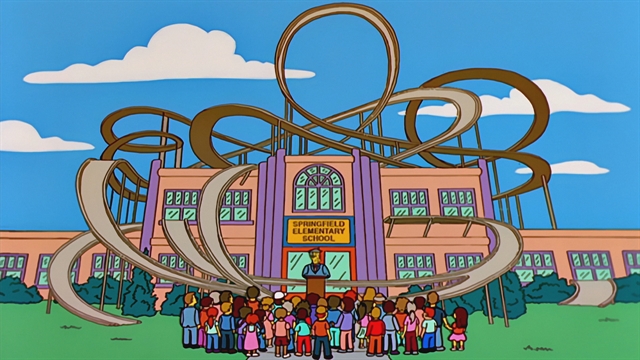We've been reading the regs document about accessibility essentially say that all buildings must make reasonable effort to be accessible to wheelchairs and other disabled people.
Regarding approach to a building it mentions:
Our building has a door threshold 350mm from the ground and this could be accommodated by two steps, 3 at the very most like a typical house. But taking the 1:20 gradient we would need a ramp 7m long. In old money, we need a 20 foot long ramp for a 1 foot rise.
The ramp would have to be nearly as long as the building.

This is for a building situated in a woodland environment (our large garden) which is by its very nature, not flat, to provide outside/forest school play-based learning. Of course we need access for push-chairs but they can safely be navigated up a far steeper incline over a short distance. The public footpaths to reach us are steeper and less well-surfaced than that!
We're going to have a site visit with the BC chap tomorrow but are unsure if there are any specific arguments we might use against filling our garden with a massive unsightly ramp, anything we can suggest or propose to request a relaxation of the rules? Perhaps on the grounds that our location and services are realistically not suitable for disabled people in the first place - or is it forbidden to suggest that in this day and age?
Regarding approach to a building it mentions:
- ideally gradient should be less than 1:60
- If not possible then 1:20 is OK with a maximum ramp length 10m
- Or 1:15 with maximum ramp 5m
- Or 1:12 maximum ramp 2m
- You can have sections of ramp with flat parts breaking them up
Our building has a door threshold 350mm from the ground and this could be accommodated by two steps, 3 at the very most like a typical house. But taking the 1:20 gradient we would need a ramp 7m long. In old money, we need a 20 foot long ramp for a 1 foot rise.
The ramp would have to be nearly as long as the building.

This is for a building situated in a woodland environment (our large garden) which is by its very nature, not flat, to provide outside/forest school play-based learning. Of course we need access for push-chairs but they can safely be navigated up a far steeper incline over a short distance. The public footpaths to reach us are steeper and less well-surfaced than that!
We're going to have a site visit with the BC chap tomorrow but are unsure if there are any specific arguments we might use against filling our garden with a massive unsightly ramp, anything we can suggest or propose to request a relaxation of the rules? Perhaps on the grounds that our location and services are realistically not suitable for disabled people in the first place - or is it forbidden to suggest that in this day and age?


